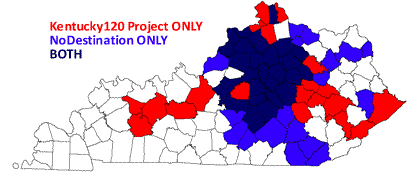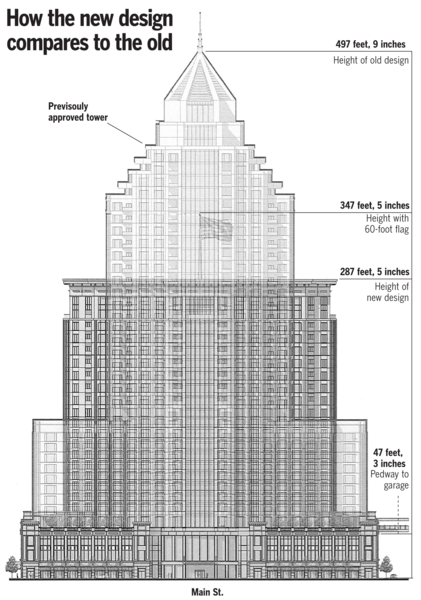Vintage base ball appeared in Georgetown at the historic Ward Hall. [Lexington Herald-Leader]
Second Sunday in Lexington will be celebrated on the airport runway this weekend. Take advantage of this – when else can you play on a runway? [Tom Eblen]
Explore the folklore of burgoo, a traditional and almost exclusively-Kentucky dish. [History Burgoo]
The teahouse of Elmwood Inn in Perryville is profiled by Hometown Tours [WTVQ]
Bourbon tastings might still come to the World Equestrian Games. [Lexington Herald-Leader]
Columbia’s Steakhouse is a 62-year veteran of Lexington’s dining scene. Yum. [Ace Weekly]
The Distillery District in Lexington gets a new roadside historical marker and its history is profiled. [BizLex]
The mixed-use/condo market of Lexington is analyzed with the contrast of recent wins and fails in various greater-downtown projects. [BizLex]
CentrePointe developers are retooling the design, but not enough. Plus there are some serious questions left to be answered. [Lowell’s]
$3 million streetscape project will beautify the Second Street area adjacent to Louisville’s new Yum! Arena. [Courier Journal]
The Governor addresses the convention of the Future Farmers of America; informs the FFA that Kentucky farmers are essential to food, power supplies. [Governor’s Blog]
The Kentucky Hall of Governors at Frankfort’s Kentucky History Center will be getting a $215,000 upgrade with “a more modern approach.” [Bluegrass Politics]









